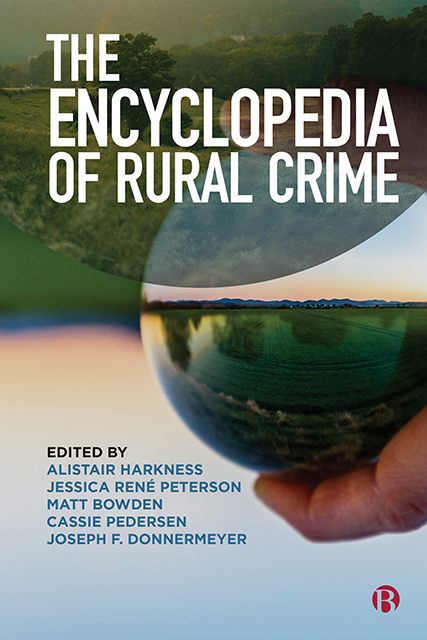Book contents
15 - Consumer Fraud
Published online by Cambridge University Press: 20 June 2023
Summary
Fraud is a global issue. Whilst not new, technology has driven an exponential increase in the ability of offenders to target victims universally, including those in a rural context. Smartphones and other internet-connected devices have driven many positive developments across our everyday lives. However, it also increases exposure to fraud, usually targeting victims from outside their own jurisdiction.
A background to fraud
As described by Button and Cross (2017), fraud can be defined as the use of deception to gain a financial advantage. Synonymous with the concepts of lying and cheating, it uses a variety of techniques to manipulate and exploit others into providing a financial benefit (usually through either direct money transfers or personal credentials) under false pretences. In most cases, victims are persuaded to take actions that they would otherwise not do, under different circumstances.
Whilst there are endless plotlines used by offenders to perpetrate fraud, there are commonalities to some approaches. Advance fee fraud uses the future promise of a large amount of money in return for a smaller up-front payment. This is often seen in investment schemes and inheritance notifications. Romance fraud uses the guise of a genuine relationship to gain financial reward from the victim. During the relationship, an offender will ask a victim to send money for a variety of circumstances (including medical emergencies, criminal justice matters or business transactions).
Phishing is one of the most common ways that offenders gain personal credentials. Phishing usually comes in the form of an email purporting to be from a legitimate organization, requesting users to click on a link or to reply to the email directly to provide/ confirm personal details. Once a victim does this, they expose themselves to identity crime and the potential for fraud.
The cost of fraud
Fraud is a global issue with millions of victims losing billions of dollars. In 2020, the Internet Crime Complaint Centre (United States) recorded fraud losses totalling $USD 4.2 billion, up from $USD 3.5 billion in 2019. In the United Kingdom, ActionFraud reported losses of £2.35 billion for 2020–1.
- Type
- Chapter
- Information
- The Encyclopedia of Rural Crime , pp. 66 - 69Publisher: Bristol University PressPrint publication year: 2022



